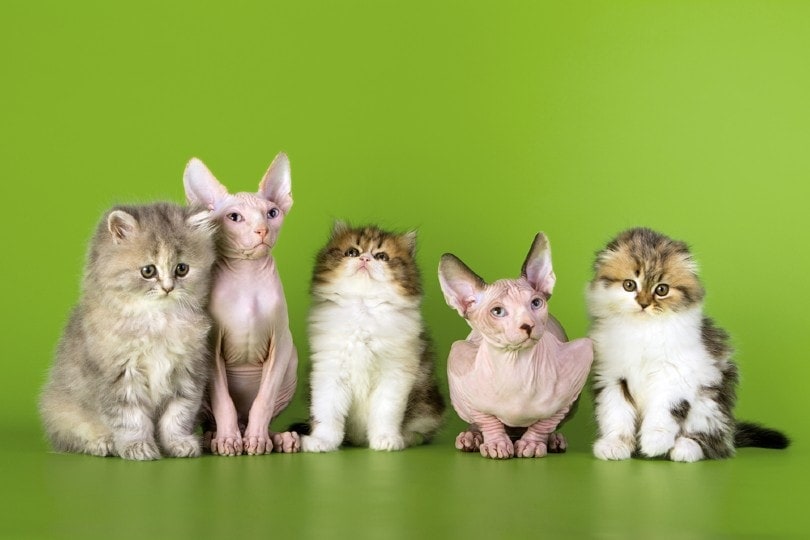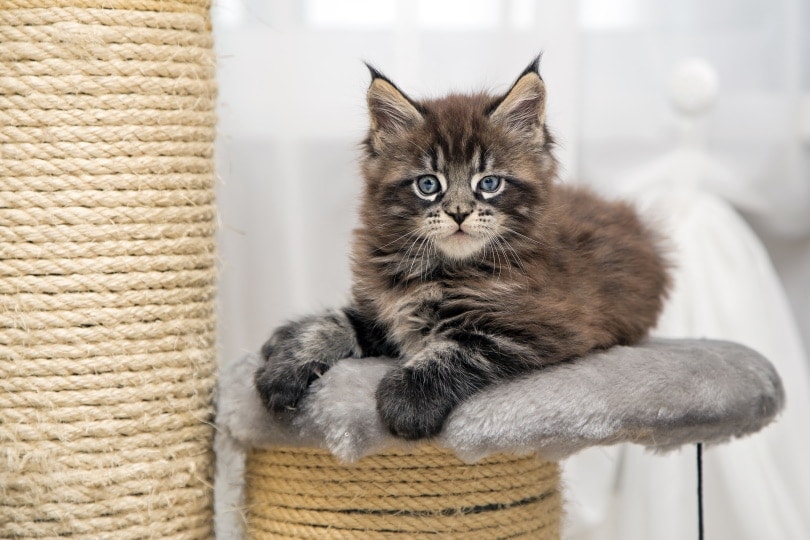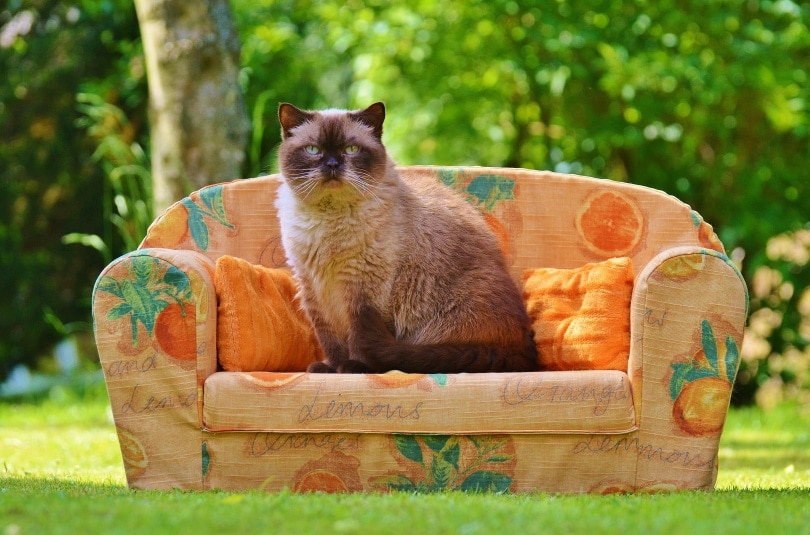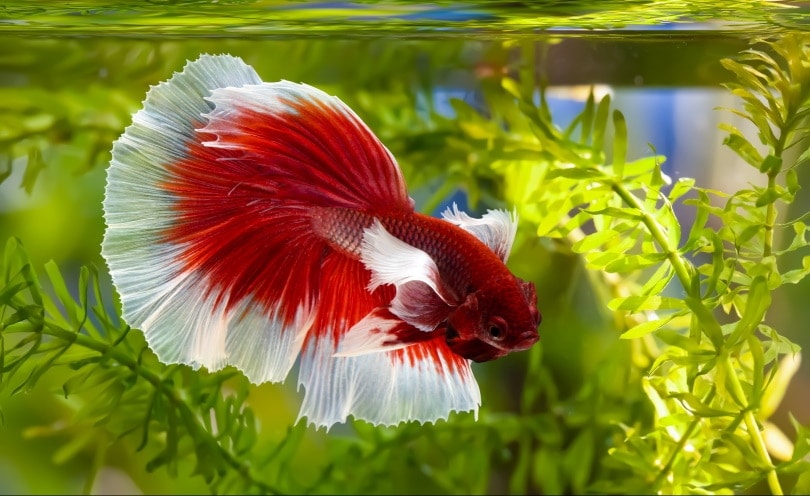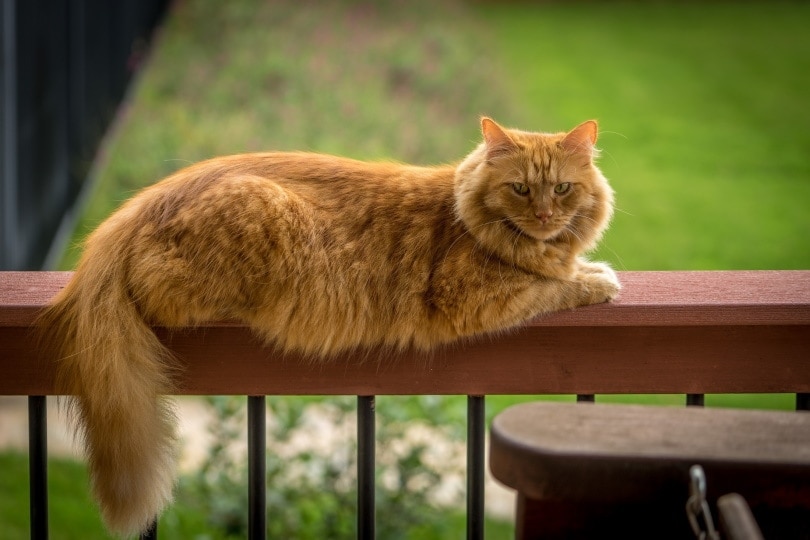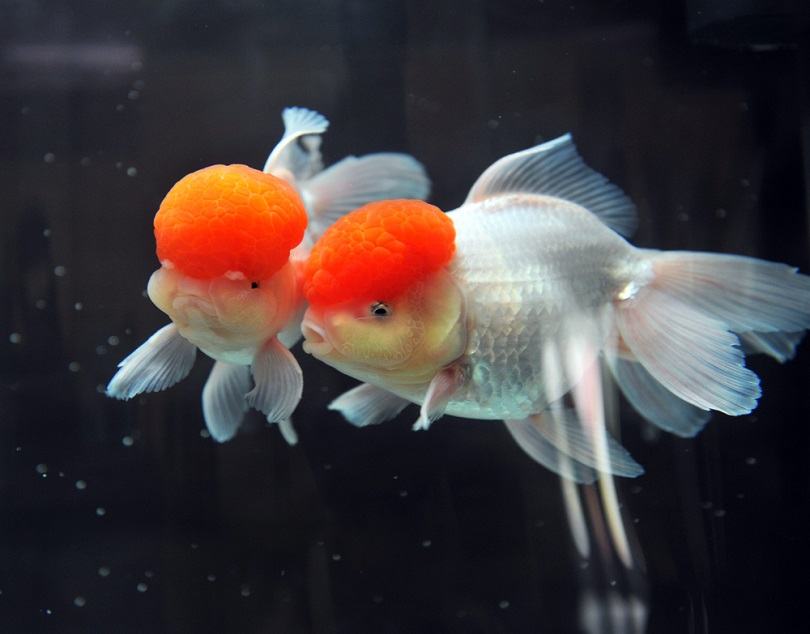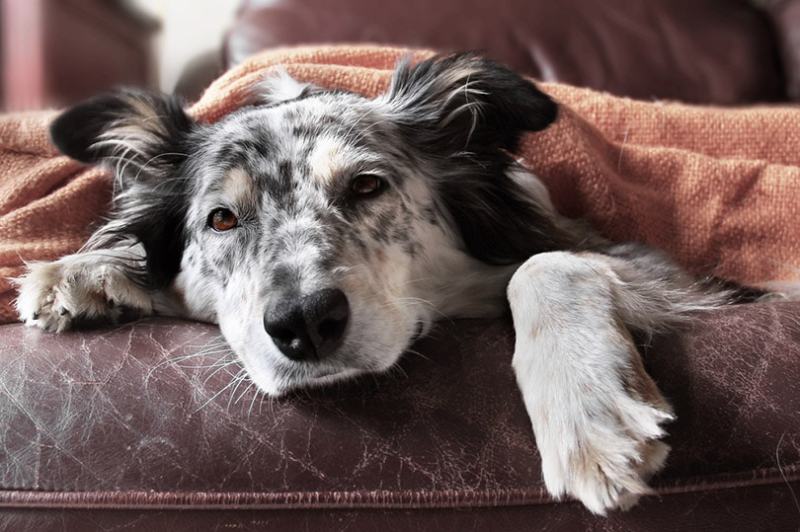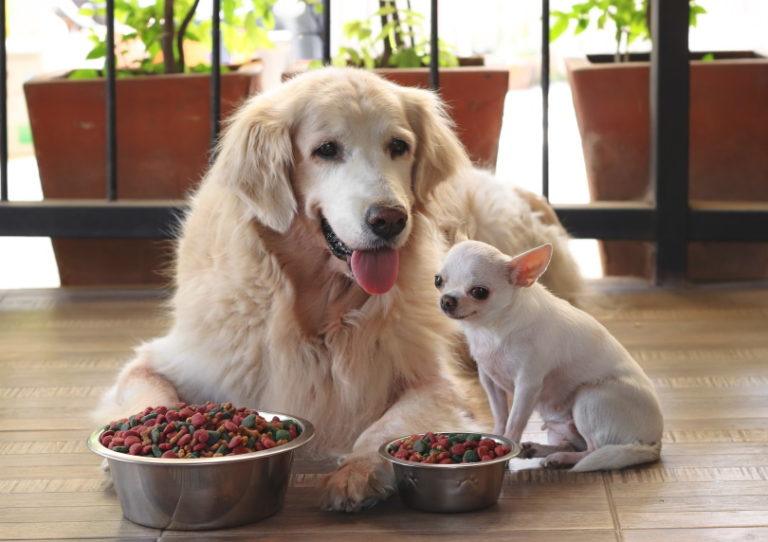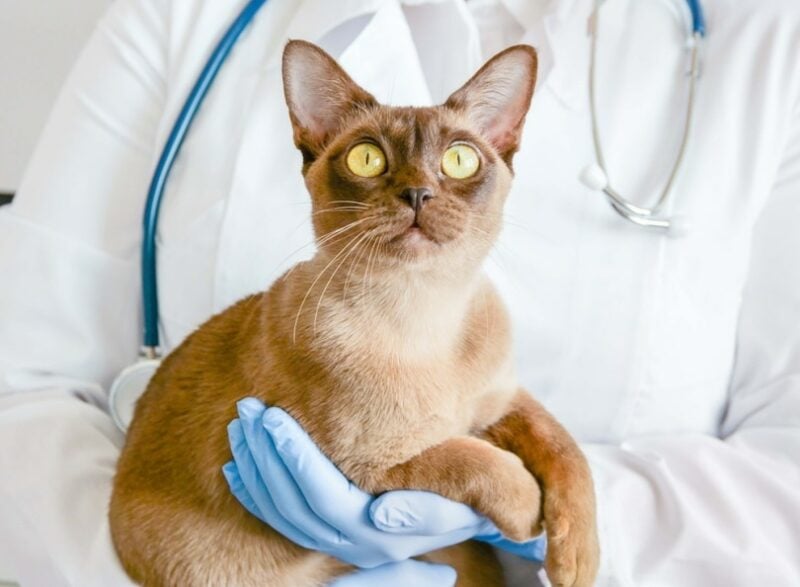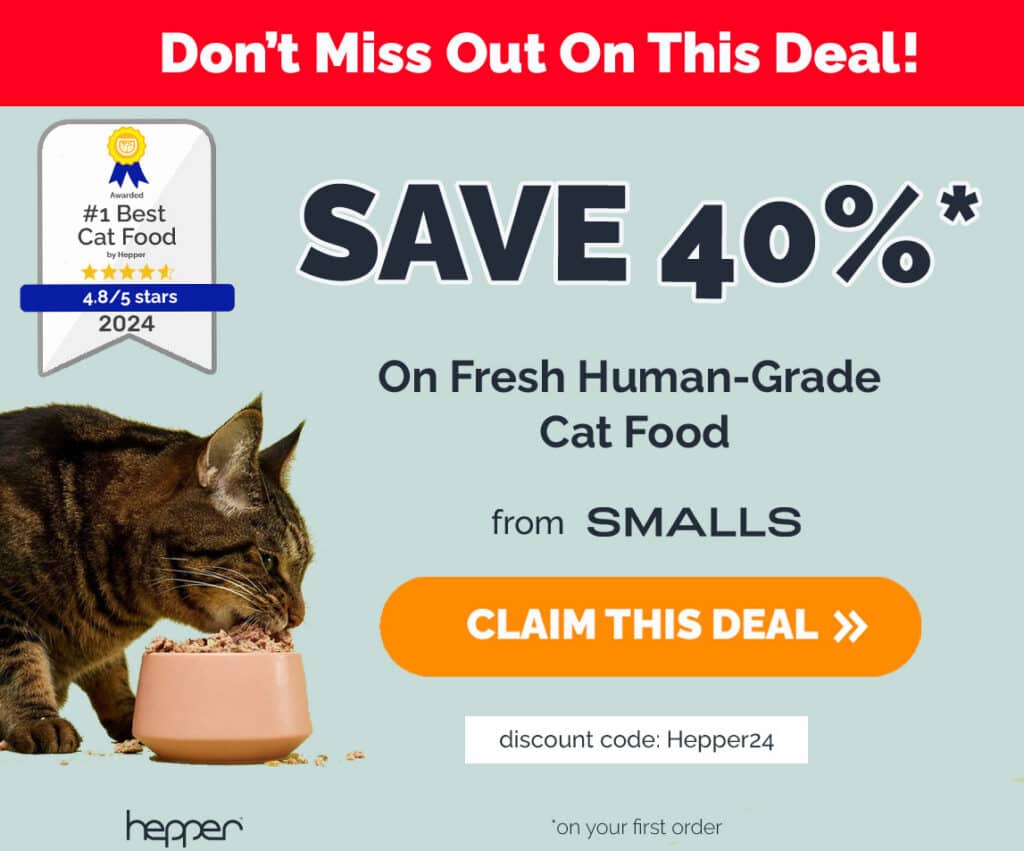10 Best Cat Foods – 2024 Reviews & Top Picks
By Dean Eby
Updated on

Your cat’s nutrition plays a vital role in its health. Without adequate nutrition, your cat could never be as healthy and full of life as it might be on a diet that meets all of its nutritional requirements. Of course, it is easy to talk about a healthy feline diet, but something entirely different to offer it. Luckily, many manufacturers are producing quality commercial cat foods that can provide your furry friend with all the nutrients they need, though subpar products populate much of the pet marketplace.
We’ve sorted through many ingredient lists and nutritional labels to determine which of these cat foods are the best to feed our felines, and the following 10 were the best we found. Of them, three have earned our recommendations, which you’ll read about in the following reviews.
Disclaimer: The foods reviewed here were chosen because they have certain characteristics that might help with some of the causes or consequences of this medical condition. However, they are not a medical treatment or a substitute for medical treatment. Keep in mind that each medical case is different and what works for some pets may not work for others. Your veterinarian is the right person to advise you on the best diet for your pet’s case.
A Quick Glance at Our Favorite Choices in 2024
| Rating | Image | Product | Details | |
|---|---|---|---|---|
| Best Overall |
 |
Smalls Human-Grade Fresh Cat Food Delivery |
|
Click to Save 40% Use code: Hepper2023 |
| Budget Buy |
 |
Purina ONE Cat Chow Dry Cat Food |
|
Check Price |
 |
Sheba Perfect Portions Wet Cat Food |
|
Check Price | |
 |
Rachael Ray Nutrish Dry Cat Food |
|
Check Price | |
 |
American Journey Dry Cat Food |
|
Check Price |
The 10 Best Cat Foods
1. Smalls Human-Grade Fresh Cat Food Delivery – Best Overall

| First Ingredient: | Chicken |
| Protein: | 49.6% |
| Taurine: | 0.06% |
Smalls Human-Grade Fresh Cat Food is our pick for overall best cat food. They are a new brand that prides itself on making its cat food using only human-grade meats. The different flavors all have at least 80% of their content made from animal products and include offal meat such as heart and liver. The food contains added vitamins and minerals but most importantly it doesn’t include any preservatives or flavors, ensuring your cat gets everything they need and nothing that they don’t.
Because it is a subscription service, it may seem expensive at first glance, but Smalls kindly calculates the price per meal for you before checkout so you can see that it is a great value for what you are getting. It does contain some vegetable oil in some of their recipes, which isn’t as ideal as animal fats, but we still firmly believe that this is the best cat food on the market this year. Our cats went crazy for it too!
- Made with high-quality human-grade ingredients
- Very high in protein
- Made in the USA
- Very low in carbohydrates
- Expensive for multiple cats
2. Purina ONE Cat Chow Complete Dry Cat Food – Budget Buy
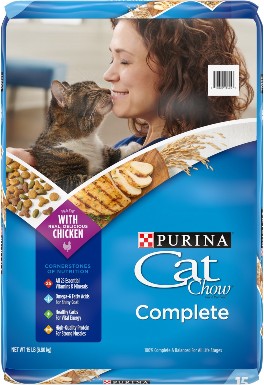
| First Ingredient: | Chicken by-product meal |
| Protein: | 32% |
| Taurine: | 0.15% |
Often, we find that bigger names in the pet food space such as Purina offer lower-quality products that seem designed to cut corners in the name of saving money. But Purina ONE Cat Chow Complete manages an affordable price while still offering adequate nutrition for your cat, which is why we think it’s a great budget buy. Granted, it still contains some ingredients we could do without, such as corn gluten meal and ground yellow corn, but for the low price this food sells, we think it supplies pretty decent nutrition for your cat.
With a minimum of 32% crude protein, your feline friend will be getting plenty, derived from a variety of sources including chicken and fish meal. There are 25 essential vitamins and minerals packed into this calorically dense blend that offers more than 400 kcal per cup of dry food, providing some serious bang for your buck. Though cheaper in price than many alternatives, important nutrients like fatty acids and taurine were not skimped on. While it’s probably not our first pick if money is no issue, this cat food is a definite winner when you’re shopping for cat food on a budget.
- More affordable than alternatives
- Packed with 25 essential vitamins and minerals
- It’s calorically dense
- Contains ample fatty acids
- Contains several corn-based ingredients
3. Sheba Perfect Portions Wet Cat Food
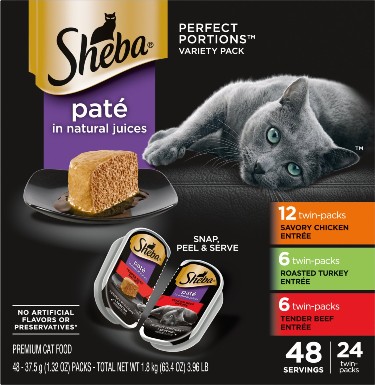
| First Ingredient: | Chicken |
| Protein: | 9% |
| Taurine: | 0.06% |
While dry kibbles are priced affordably for daily feline feeding, wet foods tend to offer a more delectable meal option with fewer carbohydrates and more moisture to keep your cat hydrated. The Sheba Perfect Portions Grain-Free wet cat food is one of our favorite offerings, made with very few carbohydrates but plenty of protein sources.
The ingredients list on this food is rather short, but it’s made with multiple whole-food ingredients like chicken and poultry liver. However, despite the decent protein sources, this food is lower in protein than similar blends. Luckily, each serving comes pre-portioned, taking the guesswork out of feeding your cats, and ensuring there’s no wasted food. This is definitely a pricier approach than the dry foods on this list, but that’s why it’s one of our premium recommendations. Your cat will almost certainly love the texture and taste of this food, and the nutrition offered will benefit your feline in multiple ways.
- Made with high-quality whole food ingredients
- Contains multiple animal-based proteins
- Pre-portioned containers
- Very low in carbohydrates
- Lower in protein than some competitors
- Read more: Sheba Cat Food Reviews
4. Rachael Ray Nutrish Indoor Complete Dry Cat Food
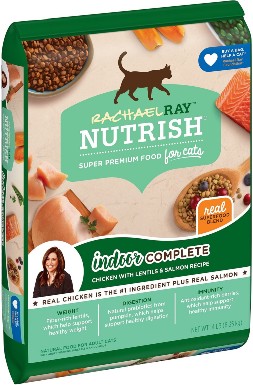
| First Ingredient: | Chicken |
| Protein: | 34% |
| Taurine: | 0.15% |
The Indoor Complete dry cat food from Rachael Ray Nutrish, is a great blend of value and quality. It’s made with high-quality ingredients that are primarily whole foods, yet still priced more affordably than most health-conscious brands. You’ll find many animal proteins as well, including chicken, which is listed as the main ingredient, followed by chicken meal. Further down the list, you’ll also see salmon, plus whole foods like pumpkin and dried blueberries that contribute important vitamins and minerals.
In addition to the quality whole food ingredients, you’ll find plenty of vital nutrients that they supply in this cat food, including ample amounts of essential fatty acids, which aid in immune support and keep the coat and skin vibrant and healthy, among other things. Unfortunately, not every ingredient on this list is a favorite of ours. We could do without ingredients such as corn or peas, but considering the great blend of quality whole foods used to create this food and reasonable pricing, we think it’s one of the best cat foods on the market.
- High in essential fatty acids
- Made primarily with whole-food ingredients
- First two ingredients are quality animal proteins
- Multiple animal proteins included
- Contains corn and peas
5. American Journey Grain-Free Dry Cat Food

| First Ingredient: | Deboned turkey |
| Protein: | 40% |
| Taurine: | 0.15% |
American Journey Grain-Free cat food is quite a bit pricier than many competitors, but it also goes above and beyond when it comes to your cat’s nutrition. To start, this blend is packed with protein from multiple sources. In fact, the first three ingredients listed are all quality protein sources, including turkey, turkey meal, and chicken meal, for a total of 40% minimum crude protein.
Aside from ample protein, you’ll also find lots of essential fatty acids packed into this blend, along with plenty of other important nutrients such as taurine, phosphorous, and calcium. Unfortunately, 15% crude fat is rather high, and we’d prefer to see that number a bit lower. Still, it’s hard to complain about any food that packs in this much nutrition, even though this blend from American Journey doesn’t quite manage to break into our top three.
- 3/5 main ingredients are animal-based
- Packed with protein
- Contains plenty of essential fatty acids
- Made with multiple quality animal proteins
- Far pricier than alternatives
- It’s a little too high in fat
6. Blue Buffalo Wilderness Grain-Free Dry Cat Food
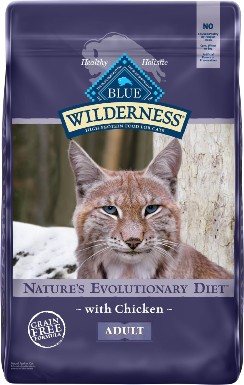
| First Ingredient: | Deboned chicken |
| Protein: | 40% |
| Taurine: | 0.15% |
This grain-free Wilderness blend from Blue Buffalo is absolutely loaded with health-impacting nutrients, including a minimum 40% crude protein. You’ll find multiple high-quality protein sources utilized, including deboned chicken and chicken meal, which are listed as the two primary ingredients. However, there’s quite a bit more fat in this recipe than we’d prefer at 18%. Still, quality ingredients attract us to this blend, even if there are more of them listed than we’d like to see.
Since this is a grain-free recipe, it’s easy on cats’ digestive systems and unlikely to cause stomach discomfort. You’ll find no corn, wheat, or soy in this cat food. Rather, Blue Buffalo opts for higher-quality ingredients that are considered to be healthier for cats, including whole foods like carrots, sweet potatoes, and blueberries. Plus, it’s high in essential fatty acids to keep your cat’s immune system healthy and ensure their coat and skin stay luscious and vibrant.
- Contains no corn, wheat, or soy
- Loaded with 40% protein
- High in omega fatty acids
- Grain-free recipe is easy for cats to digest
- It’s prohibitively pricey
- The ingredients list is very long
7. Fancy Feast Canned Cat Food
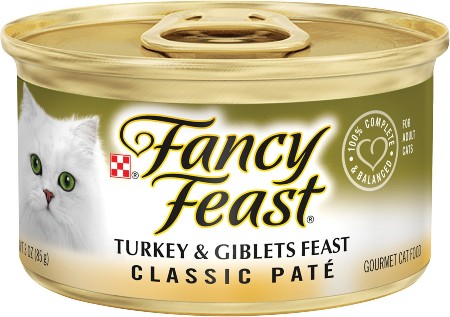
| First Ingredient: | Turkey |
| Protein: | 11% |
| Taurine: | 0.05% |
Wet cat food is always more expensive than dry kibble, but Fancy Feast canned cat food is priced pretty affordably compared to the competition. Despite this, it’s actually decent-quality food, made with few carbohydrates and fortified with vitamins and minerals to provide ample nutrition for your feline. Of course, supplements are never as optimal as whole food ingredients, but at this price, it’s hard to fault them for still managing to stuff the nutrients in.
At this price, you might expect inferior ingredients, but many of the ingredients used are rather high-quality. The first ingredient listed in this blend is turkey, followed by liver, meat by-products, turkey broth, and poultry giblets. As you can tell, they used a lot of whole-food animal-based ingredients, which we always like to see. That said, there are also artificial flavorings added, but since cats seem attracted to the Fancy Feast flavor, we can’t really complain.
- Made with minimal carbohydrates
- Cheaper than other wet cat foods
- Fortified with vitamins and minerals
- Made with supplements rather than whole foods
- Includes artificial flavors
- Related Read: Best Wet, Canned & Soft Cat Food – Reviews & Top Picks
8. Iams ProActive Health Healthy Adult Dry Cat Food
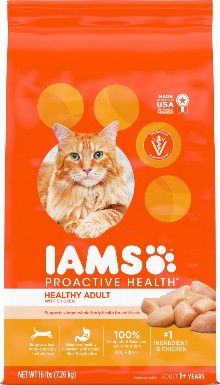
| First Ingredient: | Chicken |
| Protein: | 32% |
| Taurine: | 0.15% |
Iams ProActive Health Healthy Adult dry cat food is a middle-of-the-pack blend that offers satisfactory quality at an average price, without managing to do anything spectacular. It’s got a decent 32% minimum protein, from sources like chicken and chicken by-product meal, which are listed as the first two ingredients. Unfortunately, there aren’t many other animal-based ingredients. There are some lower-quality inclusions though, such as corn gluten meal, corn grits, brewers dried yeast, and more.
The protein in this cat food primarily comes from a single source, and with 15% fat, it’s a bit fattier than we’d prefer. On a more positive note, the texture of the kibble is formulated to clean your cat’s teeth while they eat. Even so, it’s not going to make IAMS our top choice, even though it’s far from our least favorite option on the market.
- Contains omega fatty acids for a healthy coat
- Chicken is listed as the main ingredient
- Crunchy texture cleans teeth while cats eat
- Made with multiple corn-based ingredients
- Most of the protein is from the same source
- Contains few animal-based ingredients
9. Kit & Kaboodle Dry Cat Food
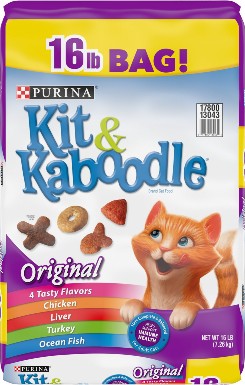
| First Ingredient: | Ground yellow corn |
| Protein: | 28% |
| Taurine: | N/A |
If you’re shopping strictly based on price, then the Kit & Kaboodle dry cat food will probably be quite appealing. It’s one of the cheapest cat foods we’ve seen, and offering a calorically dense 404 kcals per cup, you’re getting a lot of calories for the cost. But as you might guess, to get the price that low, corners had to be cut.
There are multiple animal-based protein sources used in this blend, including meat and bone meal, chicken by-product meal, and turkey by-product meal. As you can see, none of these are top-quality animal proteins like deboned chicken or turkey. They’re also not primary ingredients, as nothing animal-based is listed until the fourth ingredient. Instead, you’ll find low-quality fillers, such as corn gluten meal and soybean meal.
A total protein content of just 28% is very low, especially compared to alternatives. The taurine content, an essential nutrient for any cat, isn’t even listed. Altogether, the low price might make this food attractive in a pinch, but for regular feeding, it’s certainly not our first choice.
- Dirt-cheap pricing
- Contains multiple animal-based protein sources
- It’s calorically dense
- Made with inferior-quality ingredients
- Multiple corn and soy ingredients
- Lower in protein than alternatives
10. Meow Mix Original Choice Dry Cat Food
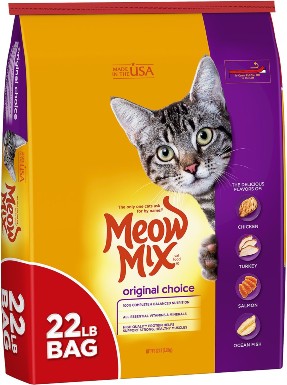
| First Ingredient: | Ground yellow corn |
| Protein: | 31% |
| Taurine: | N/A |
Meow Mix is a cat food brand that almost everyone has heard of. They have a potent marketing campaign, but the overall quality of the food leaves a lot to be desired. To be fair, it’s a dirt-cheap food, and it’s still got a few positive qualities, but it’s not a food we’d recommend for most cats.
The first two ingredients in this blend are ground yellow corn and corn gluten meal. Next, you’ll see chicken by-product meal; our first animal-based ingredient. You will find several more animal-based protein sources further down the list, including salmon meal and turkey by-product meal, but these aren’t top-quality ingredients and they’re not primary ingredients in the recipe.
This best cat food for adult cats contains just 308 kcals per cup, which is about 100 kcals less than many other foods, so you’re not getting as much bang for your buck. You also won’t find essential nutrients listed on this label, including taurine, which your cat needs. While we do have a few good things to say about this food, it’s still not one that earns our recommendation.
- Cheap pricing
- Contains multiple animal-based ingredients
- Doesn’t list the taurine content
- Has a low caloric density
- Crafted with low-quality ingredients
Buyer’s Guide: Selecting the Best Cat Food
Picking a cat food can be more complicated than it might seem at first thought. Once you start dissecting ingredient lists and nutrition labels, you realize that there are some serious differences between blends. To help you navigate these differences, we’ve written a short buyer’s guide outlining the most important comparisons we think you should be making.
While there are nearly countless ways to compare cat foods, certain traits are more valuable to compare than others. If you know what to look for, you can easily determine a food’s quality, which allows you to figure out how it stacks up against competing foods.
Should Your Cat Eat Dry or Wet Cat Food?
The first decision you need to make is whether you want to primarily feed your cat wet or dry food. Both can offer excellent nutrition for your feline, and a blend of both is generally recommended. Dry kibble tends to be far cheaper than wet food, but it also has a much higher carbohydrate content. Cats, being obligate carnivores, don’t need to consume carbohydrates.
Wet cat foods are usually low in carbohydrates and contain primarily animal-based ingredients, making them ideal for a cat’s nutritional needs. However, wet cat food can get quite pricey over time, which is the main reason why most cat owners offer their cats a mixture of both dry and wet foods.
The Nutritional Information Label
The nutritional information label on any cat food can tell you a lot about what it offers your cat. On this label, you’ll be able to see the breakdown of nutrients contained in the food. Of primary importance is protein, which cats need plenty of. We usually prefer higher-protein blends over ones with less protein since protein is one of the most important nutrients for cats to consume.
You should also check on the concentrations of essential nutrients like taurine and fatty acids. Your cat has to eat these through its diet, so any foods you provide for your cat must offer these nutrients.
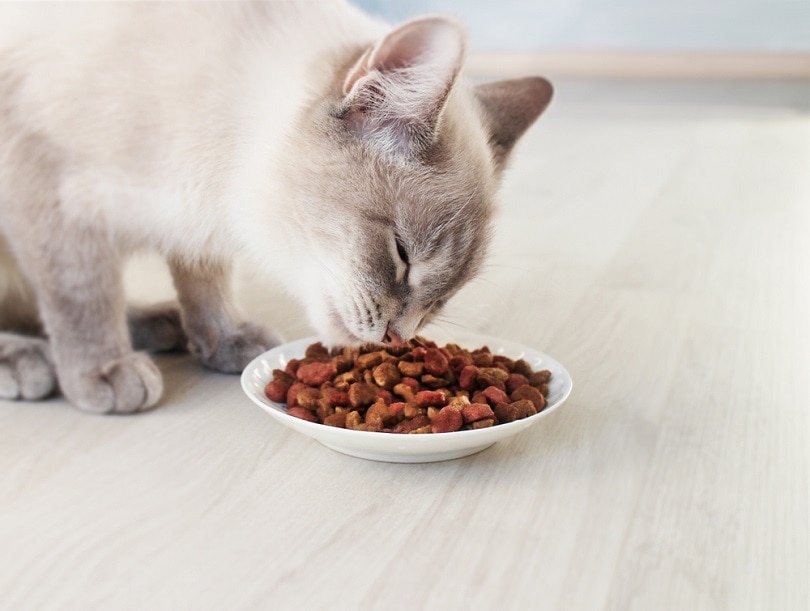
Ingredient lists
While the nutrition label can give you a lot of information, it can also hide a lot. Protein percentages can be deceptive, for instance. Not all protein is created equal, and much of that protein could be from cheap carbohydrate-based fillers, rather than quality animal-based protein sources. The easy way to tell is to look at the ingredients list.
Ingredients are listed in the order of their concentration. So, the first ingredient is the most prevalent ingredient in the recipe, and the last ingredient will be found in the lowest dosage. The top five ingredients will tell you a lot about the overall quality of the food. If these ingredients are primarily animal-based protein sources, then the food is probably high-quality.
In general, it is better to see lots of whole-food ingredients listed, instead of supplemental vitamins and minerals. Supplemental nutrients are better than no nutrients, but if they are derived from whole-food sources, the nutrients will be more readily accepted by your cat’s body, which makes the food healthier overall. Be aware, that foods that contain whole-food ingredients generally cost more than those that are fortified supplementally.
While providing our feline companions with high-quality food is paramount, selecting the right food and water bowl is equally important. The modern yet practical design of our Hepper NomNom Cat Bowl combines cat-catered features, like whisker-friendly shallow dishes and slight elevation, with a contemporary style aimed at protecting your floors from messy eating and drinking. The NomNom is entirely dishwasher safe and was thoughtfully created with your cat’s health and well-being in mind.
- NO MESS - The 360° tray on this cat food and water bowl set has a raised design to catch and...
- WHISKER FRIENDLY - Shallow and wide metal containers with flat bottoms ensure your kitty can enjoy...
Final Verdict
As you can tell from our reviews, there’s no shortage of quality cat foods on the market. The hard part is simply weeding through the marketing to determine which food offers the best nutrition for your cat at the best price.
For us, the clear answer is Smalls Fresh Cat Food, made with quality whole-food ingredients and packed with protein and is human-grade, if you are keen to taste it (just cook it first!). If you’re budget shopping though, we’d suggest checking out the Purina Cat Chow Complete, which is loaded with 25 essential vitamins and minerals at a price that’s more affordable than most alternatives.
You might also be interested in:




